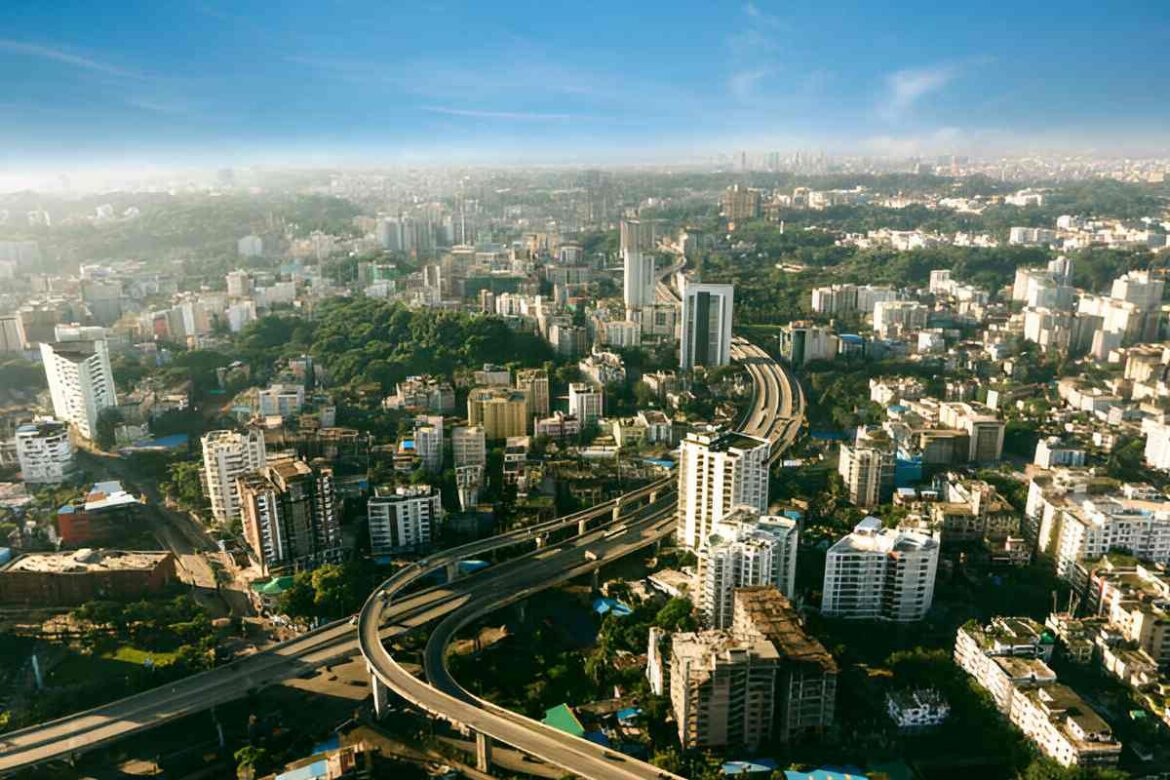Urban populations keep on increasing with each passing day, necessitating the need for more efficient, resilient and livable urban environments. As a result, the real estate sector must consider integrating advanced technologies such as green building practices, renewable energy sources and the Internet of Things (IoT) to keep up with today’s demand for sustainable cities.
Merging these innovations hasa set of unique challenges. However,they are instrumental in creating cities with heathier living spaces, reduced environmental impact and enhanced energy efficiency. Residents canexperience improved quality of life with easy access to essential services such as education, transportation and healthcare.
In this article, we explore the integration of technologies like IoT, renewable energy sources and green building practices to create more efficient, resilient and livable urban environments. Read on to discover how these elements work together to shape the future of urban development.
Table of Contents
How IoT is shaping smart real estate
The Internet of Things is quickly transforming today’s real estate landscape by optimizing energy use. It enables smart building management, helping property managers to address any issues before they become costly in the long run. It is a proactive step that significantly reduces repair costs and extends the lifespan of critical building infrastructure.
The introduction of smart sensors and automation has also played a huge role in shaping smart real estate. Today’s buildings can adapt dynamically to usage patterns, which means they can accurately determine what each unit needs. Consider smart thermostats that automatically adjust based on occupancy and need, ensuring power is not wasted in unoccupied spaces. This helps reduce energy waste and improves overall efficiency.
Finally, IoT in smart real estate also helps enhance security. It is easier to create safer urban cities thanks to AI-powered surveillance systems, automated alerts and biometric access controls. Managers leverage real-time data collection and analytics to quickly respond to any threats and issues within the building. They also leverage AI to conduct virtual property tours, enabling potential renters to view buildings without compromising security.
Harnessing renewable energy for sustainable urban spaces
Turning to renewable energy is the first step to fostering energy independence and reducing a space’s carbon footprint. Today, cities are embracing renewable energy by integrating geothermal systems and solar panels into their infrastructure. Solar power has been particularly critical in transforming urban living, from rooftop panels to large-scale solar farms supplying entire communities.
While wind energy is somewhat location-dependent, technological advancements have made it a viable solution in certain urban areas through turbine technology. It helps diversify urban energy portfolios, reducing reliance on traditional energy sources. As a result, cities can create a more sustainable energy ecosystem by incorporating these renewable energy solutions into residential and commercial buildings.
The high-rise VBC Energy Towers in Mozambiqueprovidean excellent example of how renewable energy can transform urban living. This project by Rofino Licuco stands as a landmark in Maputo’s landscape, embodying both functional and symbolic value. By storing excess solar energy in batteries, they can maintain power during peak demand periods and grid outages. It is a decentralized system that is crucial in urban areas that experience power outages often, allowing communities to always remain self-sufficient.
Green building practices for a resilient future
Sustainable and resilient real estate is about more than just energy efficiency. It also includes the impact of buildings on environmental and human health. For starters, green building certifications such as WELL encourage the use of energy-efficient materials and eco-friendly materials. They ensure every construction project, from residential buildings to commercial spaces, adheres to strict environmental practices.
More and more developers are also relying on passive design principles to reduce energy demand. These designs leverage natural lighting and insulation, ensuring buildings don’t overly rely on artificial heating and cooling.Simply placing windows thoughtfully can help regulate indoor temperatures, which minimizes the need for climate control systems. It is an effective way of reducing energy costs while contributing to overall energy sustainability.
Thebuilding materials developers choose also plays a crucial part in sustainability. To begin with, modern-day developers are embracing the use of non-toxic, recycled and locally sourced materials. Doing this minimizes environmental impact while significantly reducing waste since the materials have a lower carbon footprint.
Finally, green building practices are not complete until you consider water conservation. Urban areas are prone to water scarcity, requiringdevelopers to implement water-efficient fixtures and rainwater harvesting systems. Green roofs also help manage stormwater runoff, reducing the risk of flooding, which makes buildings much safer.
The future of real estate
The future of urban innovation comes down to two critical aspects —clean energy solutions and sustainable real estate. By leveraging IoT, renewable energy and green building practices, modern cities can become more efficient and resilient in the face of rapid urbanization and climate change. This means that now is an excellent time to embrace these strategies and transform the urban landscape for generations to come.













